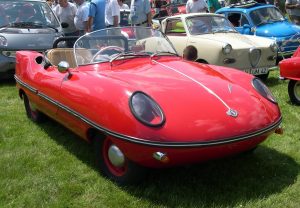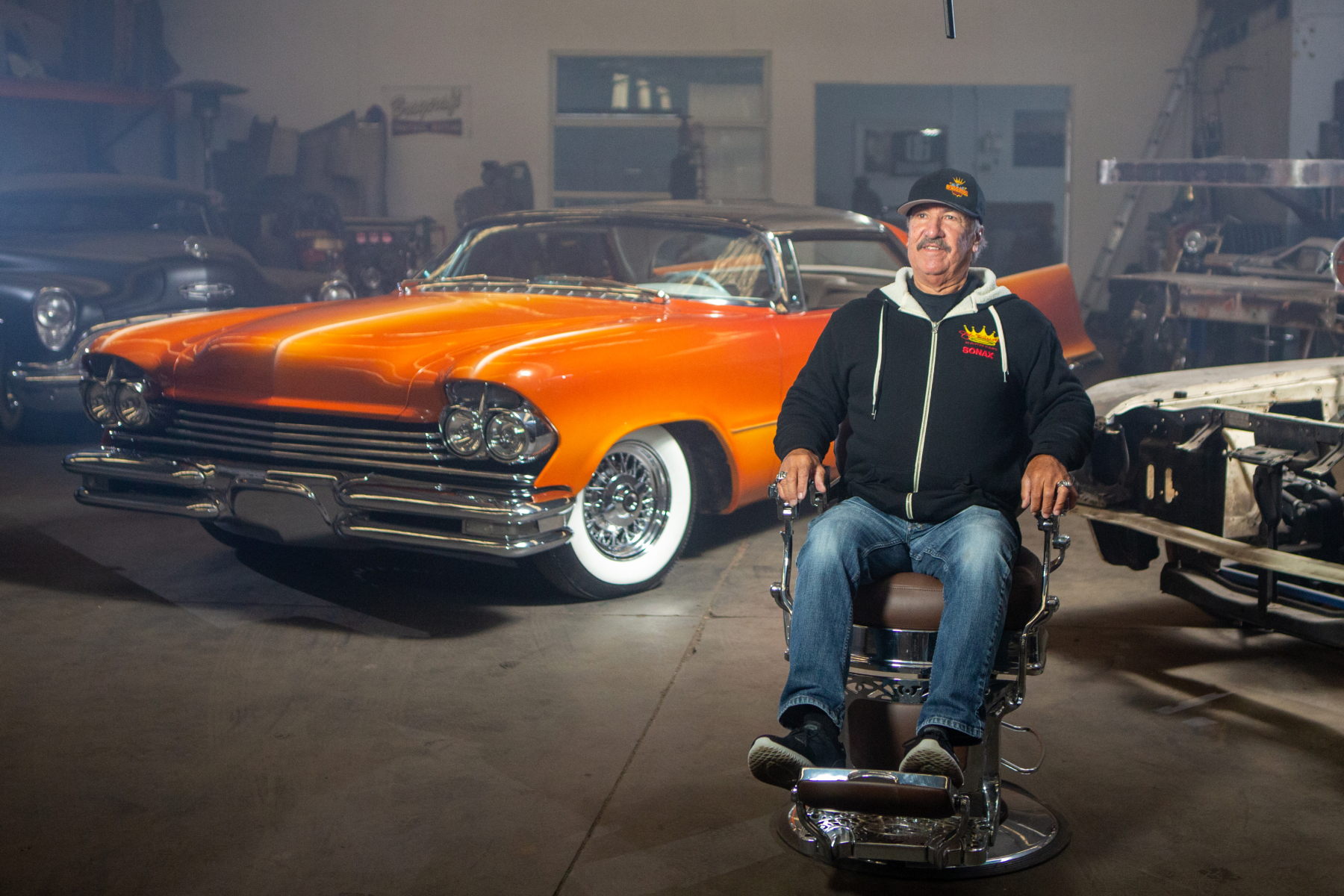

Most dictionaries disagree or simply do not try to define the ‘sports car’. One which accepted the challenge was the Macquarie Dictionary of Motoring penned by motoring authority and trained engineer Pedr Davis.
Under the heading ‘Sports Car’ Davis summarised the concept as:
“Vehicle in which the design philosophy is to concentrate on performance, road behaviour and appearance rather than space or comfort. It usually has two doors and can be of Fixed Roof or Convertible top design.”
So, does your car qualify?
The concept is generally thought to have originated in Britain during the 1920s with cheap two-seat cars based on the popular sedans and tourers of the day. Look back 10 years though and the USA was building cars like the Stutz Bearcat and Mercer Raceabout. Although relatively expensive they both qualified in all respects as ‘sports’ cars.
MG – short for Morris Garage – was founded in 1924 became Britain’s prime source of sports cars. In 1929 the Triumph brand released its Special Sports but that event coincided with the start of the Great Depression and its effect on new car production. Then came World War 2 and by the time Britain got back to building cars all of its designs were very outdated
That didn’t seem to matter to US servicemen who by the thousands returned home accompanied by a British sports car or two. These throwbacks to the 1930s had big separate mudguards, cutaway doors for elbow room and ‘slab’ fuel tanks mounted vertically where conventional cars had a boot.
Not many years passed before a variety of British manufacturers began building new sports cars expressly for the United States market. Jaguar led the way with its XK120, followed by Austin-Healey, Triumph and finally MG and Sunbeam. Half of the Elvis Presley movies made seem to feature European sports cars – MG, Triumph and even a rare Ferrari 250GT – and America’s favourite spy Maxwell Smart had a Sunbeam.
Porsche played a role too with its Volkswagen-based 356 coupe and Speedster. Then Chevrolet fought back with a fibreglass-bodied two-seater it called the Corvette.
Of course, some of the best sports cars didn’t have a convertible roof at all. Most Jaguar E Types, Porsche 911s and Ferraris come with fixed roofs and when Japan finally got serious about building a sports car, its Datsun 240Z only came as a coupe.
Balancing this was Mazda’s MX5 which holds the record as the world’s best-selling sports car. More than a million have been built to date and it is most often seen as a convertible without the optional hardtop.
Australia during the past 60 years or so has built a lot of sports cars but only a handful could be considered a sales success. First among these was the Goggomobil Dart which used local bodies made in fibreglass and imported mechanical components.
Almost 30 years then elapsed before Ford announced its Laser-based Capri two seater. Built in Sydney with the intention of exporting the car in its thousands to the USA, quality problems hurt initial sales before the 1990s Recession finished it off.
Insuring sports cars of all kind is simple with Enthusiast. If you drive less you pay less and as a lot of sports cars aren’t used as everyday transport clicking on www.enthusiast.com.au then Quick Quote could be take you on a very fast journey to saving money on your car insurance.

